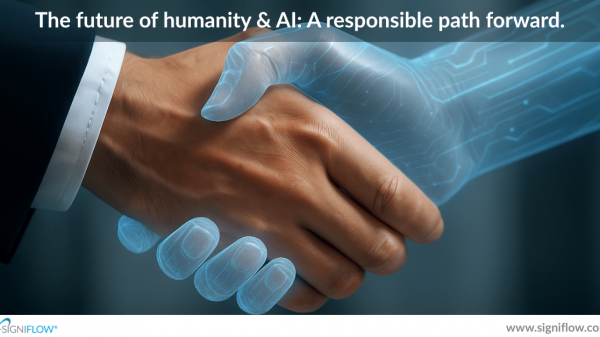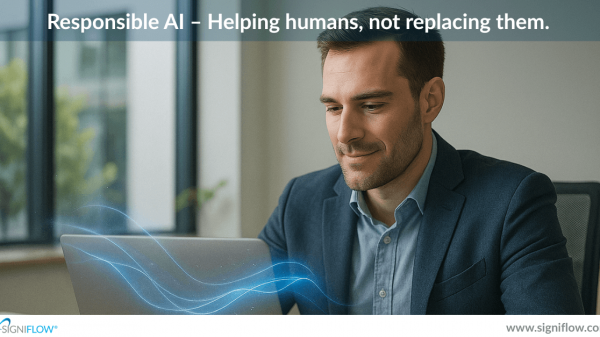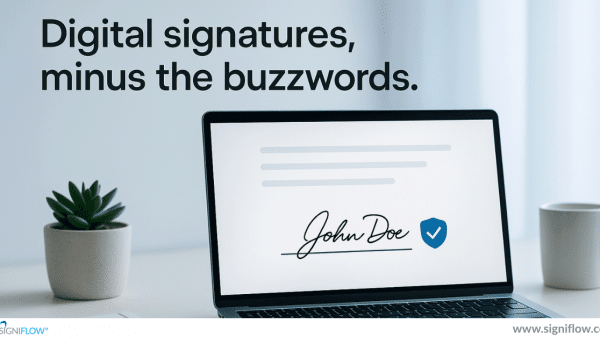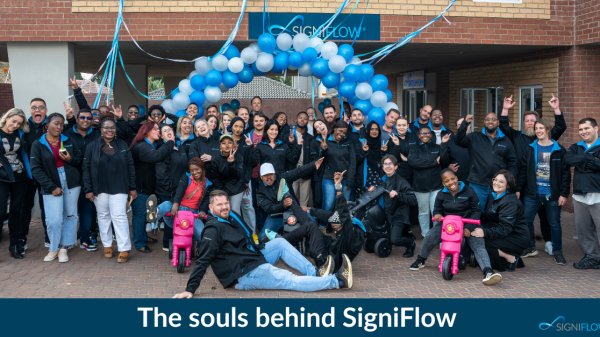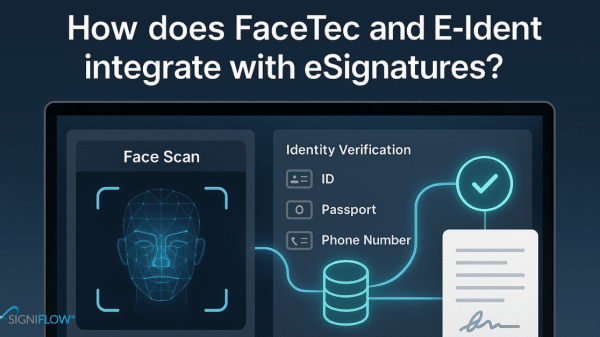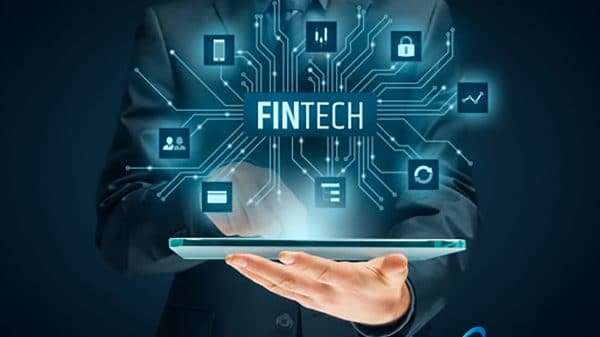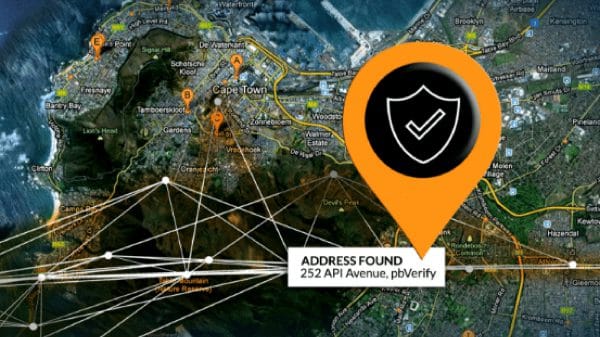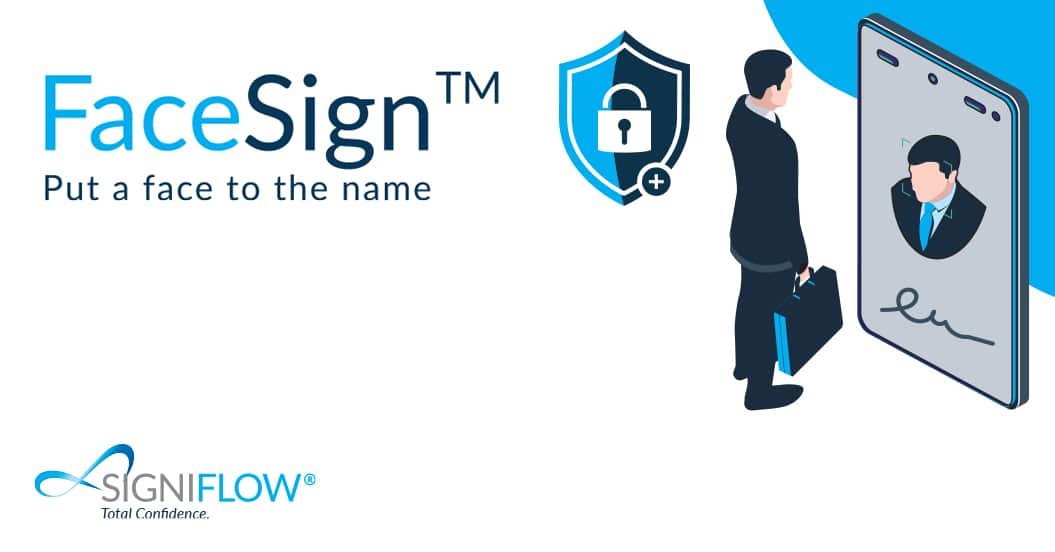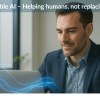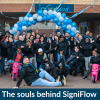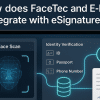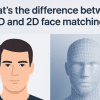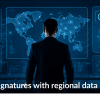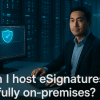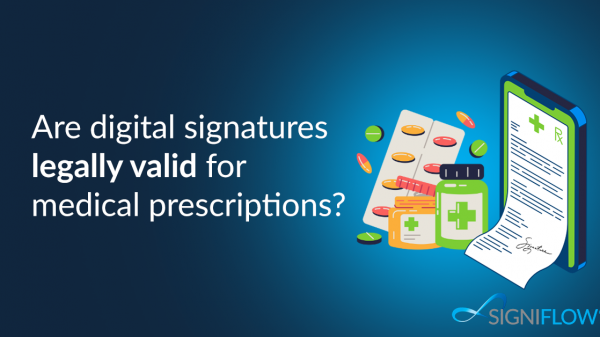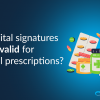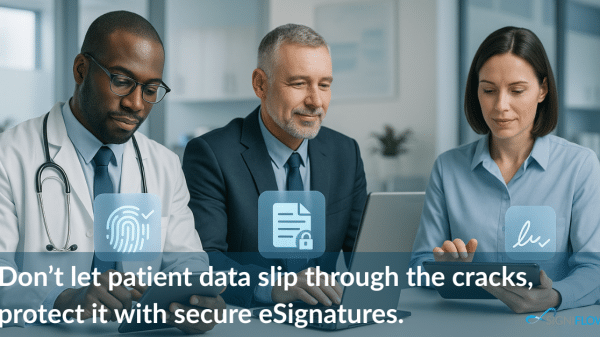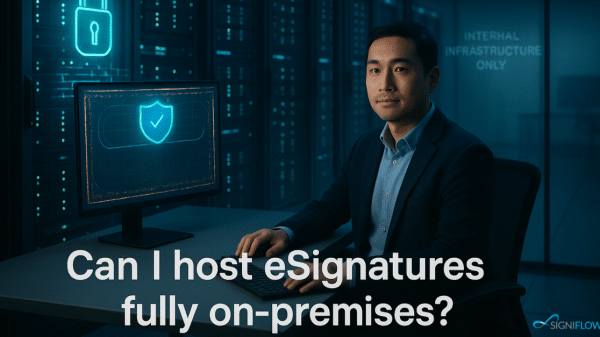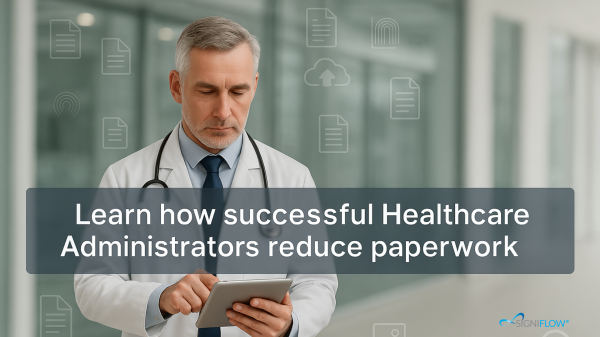Over the past two years, the world has changed in ways we could never have imagined. And now, the way we electronically sign documents is changing too.
Introducing FaceSign – an eSignature that is simply better.
We’ve upped the ease and convenience of eSigning – and boosted security levels at the same time. Now, eSigning is as simple as taking a selfie (literally), and it comes with an extra layer of security to boot.
In a nutshell, FaceSign allows you to sign documents by taking a snapshot of your face with your web or mobile phone camera. Because it uses anti-spoofing technology, the system cannot be fooled by things like photographs, deepfakes or mannequins.
FaceSign eliminates any shadow of doubt about who the person behind the signature really is. If an individual uses FaceSign to sign a document, you can be assured that they are who they say they are.
There are two versions of FaceSign: A free “Selfie” version, and the more advanced FaceSign Liveness, which includes a liveness test to detect whether the person is alive, is a human, and is not trying to spoof the system.
But first, let me take a selfie: FaceSign Selfie version
Our FaceSign Selfie version is a free new feature included in all SigniFlow Business Workflow licenses.
Here’s how selfie signing it works:
- FaceSign Selfie can be easily activated during the process of creating a workflow.
- You select which signers in the workflow need to take a selfie when signing.
- When the signer taps on the “Sign Here” button, their camera will activate and prompt them to take a selfie.
- The photo of the signer that is captured (the signer’s selfie) is embedded in the digital or electronic signature in the PDF.
- The photo and all the audit details of the capturing session are recorded in the audit log, for an extended body of evidence.
Dead or alive: FaceSign with 3D Liveness
A more advanced means of signing with your face, FaceSign with 3D Liveness includes a liveness test. A liveness test verifies that the person signing is indeed a living human, and not something like a mask or wax model.
And this is how this advanced version works:
- A quick video selfie verifies the person is alive.
- The technology behind FaceSign with Liveness is security certified as the #1 anti-spoofing, 3D liveness solution in the world.
- You select which signers in the workflow need to take a selfie and/or do the liveness test when signing.
- When the signer taps on the “Sign Here” button, their camera will activate and prompt them to undergo the liveness test.
- The photo of the signer that is captured during the liveness test is embedded in the digital or electronic signature in the PDF.
- The photo and audit details of the liveness session is recorded in the audit log for an extended body of evidence.
- FaceSign with Liveness proves 12.8 million to 1 that that the face embedded with the signature is truly the person who signed the document.
- FaceSign with Liveness is a paid service, which works on a per signature transaction basis.
If you want to read up a little more on Liveness, how it works, its history and its benefits, visit https://liveness.com/ – it’s pretty interesting.
An eSignature that is simply better
Biometrics is by no means a new technology. In fact, the earliest accounts of biometrics can be dated as far back as 500BC. The first record of a biometric identification system was in the 1800s, in France, where a rather smart fellow by the name of Alphonse Bertillon developed a method of specific body measurements for the classification and comparison of criminals.
Since then, the technology has seen huge discovery and development and today, it’s not only the anthropologists and scientists who have access to and knowledge around biometrics. But not all biometric systems are created equal.
Companies around the world have built on biometrics to open up high-level biometric security to the general public. However, as advanced as it is, it’s still possible to spoof the system from time to time.
The technology behind FaceSign Liveness is more than 12 times more secure and effective than other leading facial recognition products and it also comes with a very low failure rate when observing faces. When it comes to knowing for sure that the right person is signing your documents, FaceSign Liveness is the solution that trumps the rest.
REFERENCES
- SigniFlow.com – FaceSign
- Liveness.com – Liveness
- Bioconnect – A brief history of biometrics

